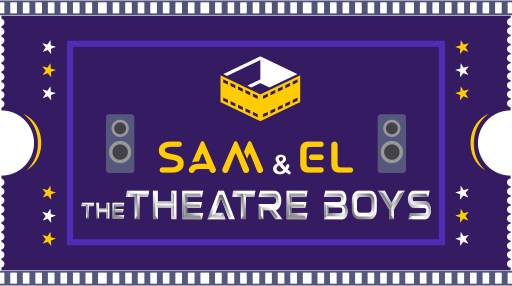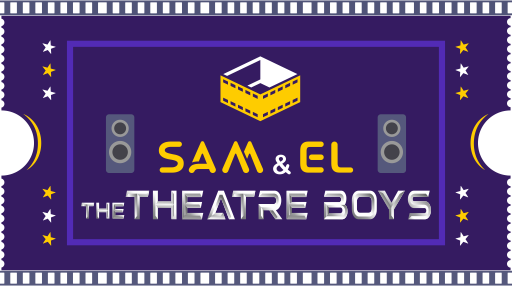Making its way from the film sets and post-production suites all the way into living rooms, Dolby’s Atmos surround-sound technology has swiftly become one of the most influential technologies in home cinema.
Dolby Atmos is the name of a surround sound technology by Dolby Laboratories. This technology allows up to 128 audio tracks plus associated spatial audio description metadata which notably includes location or pan automation data to be distributed to theatres for optimal, dynamic rendering to loudspeakers. Each audio track can be assigned to an audio channel, the traditional format for distribution, or to an audio “object.”
How does Dolby Atmos work?
Traditional surround soundtracks confine all sounds to the 5.1 or 7.1 channels in a typical home theatre setup. In contrast, Dolby Atmos frees the sound from channels. It is one of the first commercially prevalent cinematic audio formats in which sounds exist as individual entities, called audio objects. Every sound signal can exist as an independent audio object, free of channel restrictions. These objects can be precisely placed and moved anywhere in your room, including overhead, to flow above and around you in three-dimensional space.
In Dolby Atmos for home installation, every sound in the original cinema mix is an audio object. Together with Dolby Audio™ codecs and advanced scalable algorithm, this technology can be delivered via Blu-ray Disc and streaming media. A Dolby Atmos-enabled audio/video receiver (AVR) adapts the content aural experience to your home theatre from seven speakers to as many as 34.
It supports up to 128 simultaneous independent audio objects in a mix that delivers rich, realistic, and breathtaking surround sound. An Atmos-enabled system delivers sounds above you through dedicated ceiling-mounted overhead speakers, special upward-firing speakers, or even newer Atmos-enabled soundbars. Speakers can be placed along walls, in ceilings, and even behind the screen itself in order to totally immerse the audience in sound.
What do the numbers in the Dolby Atmos nomenclature mean?
When scouring for Dolby Atmos home theatre components you will come across a newer way of describing speaker configurations. They are typically 5.1.2, 7.1.4, or 9.1.4. So what do these numbers mean? For illustration, we’re gonna look at a basic 5.1.2 configuration. In this setup, the numbers mean the following.
5 – This refers to the number of traditional surround speakers such as front, center, surround, etc.
1 – This number refers to the number of powered subwoofers you can connect to your AV receiver.
2 – This refers to the number of overhead or Dolby Atmos-enabled speakers you can use in your setup.
Similarly, this principle can be used to decipher other Dolby Atmos-enabled equipment or configurations.
What are the popular Dolby Atmos setup configurations?
Typical surround sound setups have either 5.1 or 7.1 channels. A 5.1 system has left, right, and center speakers in front, with left and right surround speakers. A 7.1 system adds left and right rear surround speakers. A 9.1-channel system adds front height speakers to take advantage of Dolby Pro Logic® IIz, which derives height information from the signal.
Dolby Atmos layouts add height speakers to the traditional 5.1 and 7.1 surround sound setups. Adding two height channels creates a 5.1.2 or a 7.1.2 system. Dolby Atmos systems with four height channels are designated 5.1.4 or 7.1.4.
To add overhead sound, you can use two or four speakers mounted in or on the ceiling, or use Dolby Atmos-enabled speakers that fire sound upward toward the ceiling, from where it’s reflected back to the listening area. A complete list of popular Dolby Atmos configurations is available on the Dolby website.
A few things to remember about Dolby Atmos setups
Creating the right environment for your Dolby Atmos surround sound system to perform well involves finding the right speakers, placing them correctly, and making sure the room has the right acoustic treatments. Your receiver needs to be compatible with Dolby Atmos systems and content so that it can translate your soundtrack into sound objects. This is what enables the audio to move around the room instead of staying within a particular channel. You also need to make sure that your receiver can hook up to the speaker layout you’ve chosen—whether it’s 5.1.4, 7.1, 9.1.6, or any other number of speakers you have.
Dolby Atmos brings the ultimate cinema-like surround sound experience to your home theatre system. Needless to say, you will require to have audio electronics such as AVRs, surround processors, media players, and speakers with Dolby Atmos technology.
Users are in luck as Dolby Atmos enriched content and discs are fully compatible for playback via the conventional stereo and on 5.1- and 7.1-channel systems. As the demand increases, which it steadily is, users will find a growing library of movies and other audiovisual content on Blu-ray Disc™ and online from premium online streaming services.




